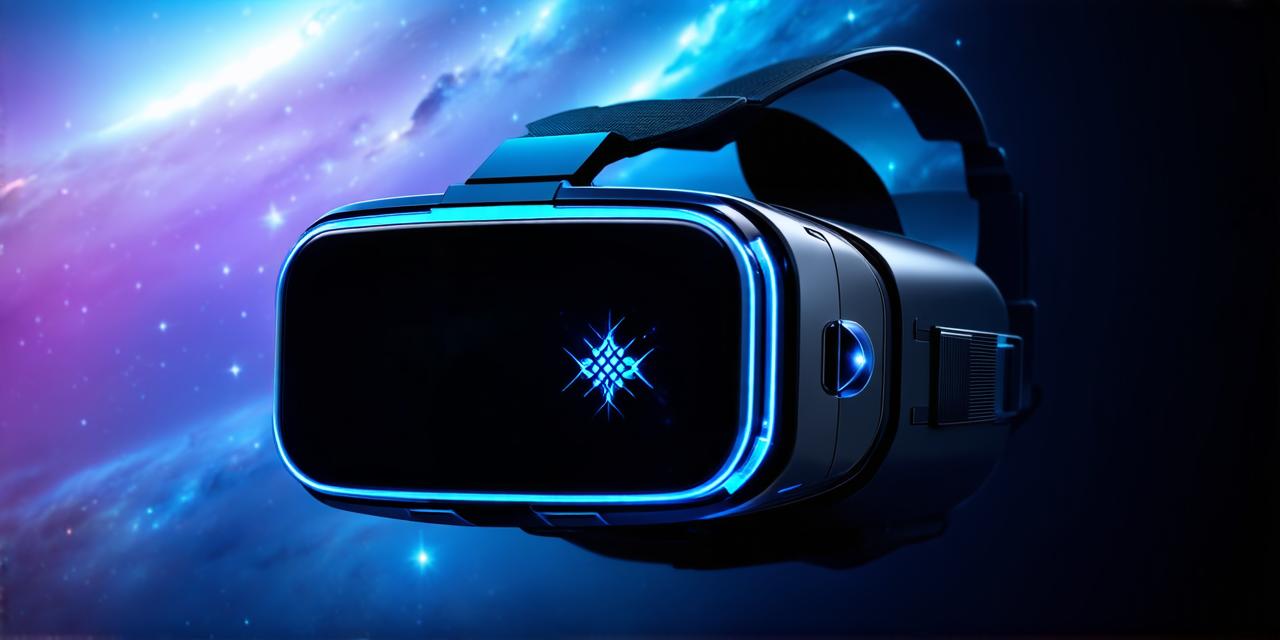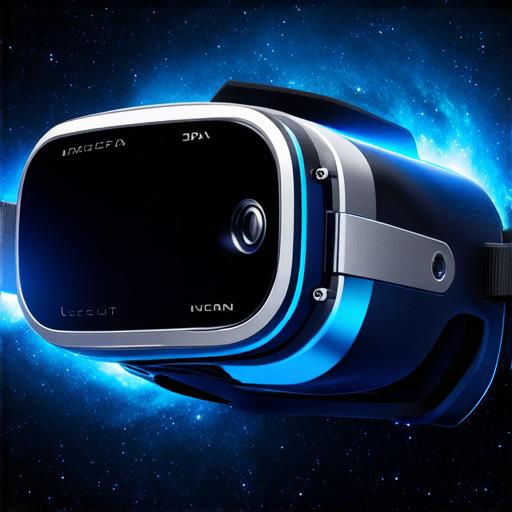
Why virtual reality is the future
Virtual reality (VR) technology has been around for several decades, but it wasn’t until the advent of smartphones and other portable devices that it became accessible to everyday consumers.
Now, as we continue to advance in our use of VR, there is no denying that this immersive technology is the future.
Virtual reality allows users to experience a digital world in a way that feels incredibly real. With headsets and sensors that track movements, users can explore new environments, interact with virtual objects, and even feel sensations like wind or rain.
This level of immersion has already been seen in a variety of applications, from gaming to medical training to architectural visualization.
One of the key reasons why VR is so promising is that it allows for highly personalized experiences. In traditional media, such as TV shows and movies, users are limited to a fixed perspective and cannot interact with the content directly. With VR, however, users can explore at their own pace, focus on specific aspects of an environment, and even participate in interactive storytelling.
Virtual reality also has the potential to revolutionize the way we work and collaborate. By creating immersive environments that simulate real-world scenarios, businesses can train employees in a safe and controlled setting. This not only saves time and resources but also allows for more effective learning outcomes. In addition, VR can be used for remote collaboration, allowing teams to work together from anywhere in the world.
Another area where VR is likely to have a significant impact is in healthcare. By using VR simulations, doctors and other medical professionals can practice procedures and techniques without putting patients at risk. This has already been seen in surgical training, where surgeons can practice complex procedures in a virtual environment before performing them on actual patients.
In addition, VR can be used to help patients manage pain and anxiety during treatments.
Virtual reality is also likely to have a major impact on the way we learn and teach. By creating immersive environments that simulate real-world scenarios, students can gain a deeper understanding of complex concepts. For example, a student studying biology might use VR to explore the human body in 3D, allowing them to see how different systems work together and interact with each other.
Despite its many benefits, virtual reality is not without its challenges. One of the biggest obstacles is the cost of technology. High-end VR headsets and sensors can be expensive, making it difficult for smaller businesses or individuals to invest in this technology. However, as the market continues to grow and competition increases, we are likely to see prices drop significantly over time.
Another challenge is the potential for motion sickness and other physical side effects of VR. While most users can adapt to the technology fairly quickly, some people may experience nausea or dizziness when using VR. However, researchers are working on ways to mitigate these side effects, such as by improving the tracking systems used in VR headsets.
In conclusion, virtual reality is undoubtedly the future. As we continue to advance in our use of this technology, we are likely to see a wide range of applications across industries, from gaming and entertainment to healthcare and education. While there are certainly challenges to overcome, the potential benefits of immersive experiences make it clear that VR will be a game-changer in the years to come.
FAQs:
Q: What is virtual reality?
A: Virtual reality technology allows users to experience a digital world in a way that feels incredibly real. With headsets and sensors that track movements, users can explore new environments, interact with virtual objects, and even feel sensations like wind or rain.

Q: How can virtual reality be used in healthcare?
A: Virtual reality can be used for surgical training, where surgeons can practice complex procedures in a virtual environment before performing them on actual patients. It can also be used to help patients manage pain and anxiety during treatments. In addition, VR simulations can be used to train medical professionals in a safe and controlled setting.
Q: Is virtual reality expensive?
A: High-end VR headsets and sensors can be expensive, making it difficult for smaller businesses or individuals to invest in this technology. However, as the market continues to grow and competition increases, we are likely to see prices drop significantly over time.
Q: What is the future of virtual reality?
A: Virtual reality is undoubtedly the future. As we continue to advance in our use of this technology, we are likely to see a wide range of applications across industries, from gaming and entertainment to healthcare and education. The potential benefits of immersive experiences make it clear that VR will be a game-changer in the years to come.


